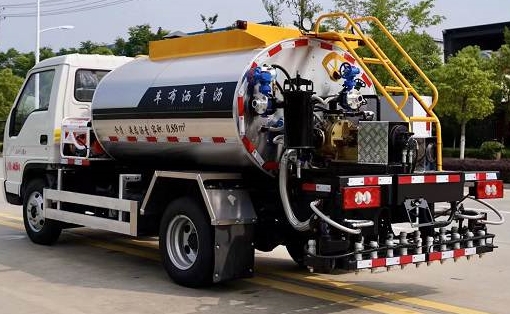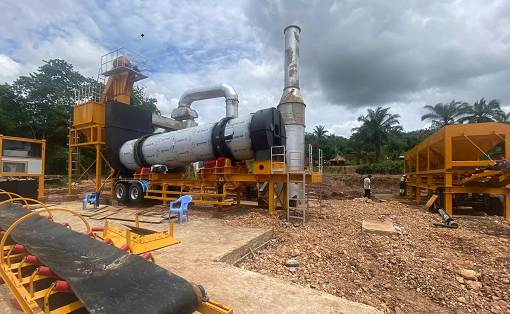What issues need to be considered when using asphalt heating equipment?
No matter what product is used, after using it for a period of time, some large and small problems will inevitably arise, which will affect our work, just like the use of asphalt heating equipment will cause problems such as uneven asphalt pavement. We know that for the use of asphalt heating equipment, the construction of asphalt pavement is affected by many factors, including the quality of construction personnel, the quality of roadbed construction, the treatment of the two sections of the bridgehead culvert and the expansion joint of the bridge, the construction of the road subbase and base, the selection of road construction machinery and the quality of road materials. These are the main reasons affecting the flatness of the road surface.
In order to better help customers apply it, professionals introduce the use of asphalt heating equipment. Flatness is an important indicator for measuring the quality of high-grade pavement. Unsmooth pavement will increase driving resistance and cause additional vibrations in the vehicle, which will directly affect the safety and comfort of driving. At the same time, it will aggravate the damage of automobile parts and tires and increase fuel consumption.
No matter what product is used, after using it for a period of time, some large and small problems will inevitably arise, which will affect our work, just like the use of asphalt heating equipment will cause problems such as uneven asphalt pavement. We know that for the use of asphalt heating equipment, the construction of asphalt pavement is affected by many factors, including the quality of construction personnel, the quality of roadbed construction, the treatment of the two sections of the bridgehead culvert and the expansion joint of the bridge, the construction of the road subbase and base, the selection of road construction machinery and the quality of road materials. These are the main reasons affecting the flatness of the road surface.
In order to better help customers apply it, professionals introduce the use of asphalt heating equipment. Flatness is an important indicator for measuring the quality of high-grade pavement. Unsmooth pavement will increase driving resistance and cause additional vibrations in the vehicle, which will directly affect the safety and comfort of driving. At the same time, it will aggravate the damage of automobile parts and tires and increase fuel consumption.

































